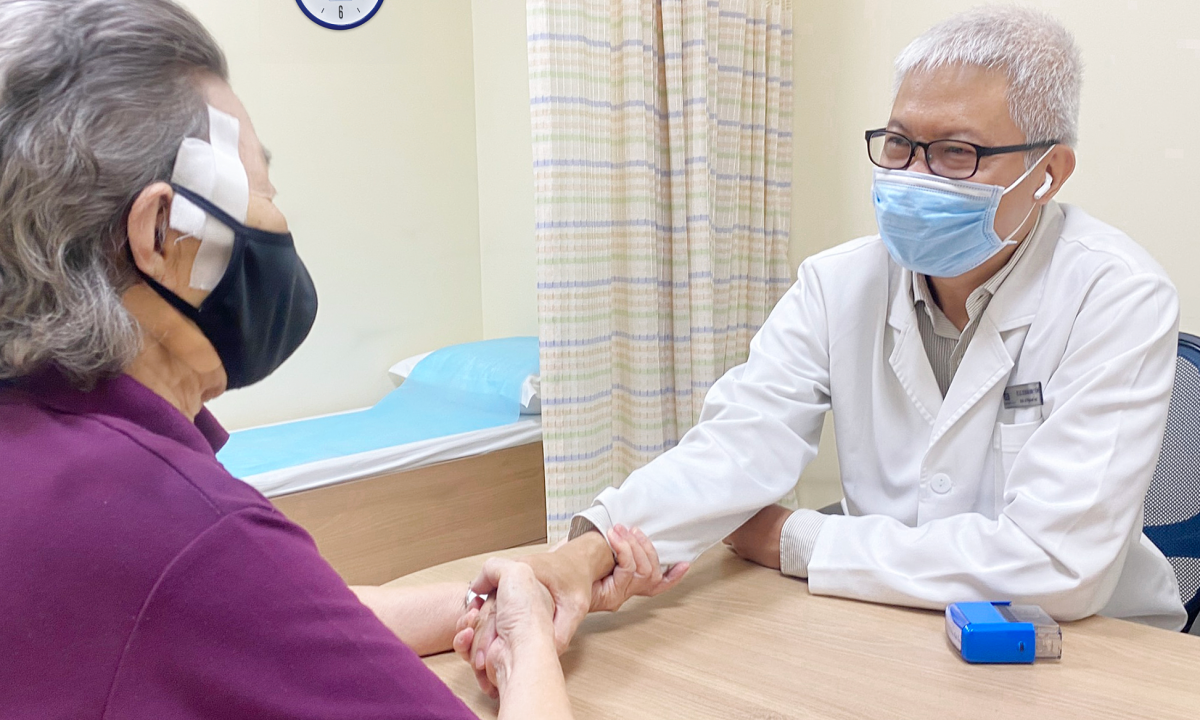
I am 45 years old, recently rough moles appeared, examination found skin cancer. How to treat this disease, can it be cured? (Van Tung, Vinh Long )
Reply:
Skin cancer is a condition in which skin cells grow out of control. The three common types are basal cell carcinoma, squamous cell carcinoma, and melanoma (malignant moles).
Basal cell carcinoma accounts for about 80% of skin cancer cases. This type of cancer progresses slowly, can be cured if detected and treated properly, with a 5-year survival rate of up to 100%. In the late stages, when cancer cells have metastasized to the lungs, heart, brain, etc., the success rate drops to only 20-40%.
Squamous cell carcinoma is the second most common type of skin cancer, accounting for about 20%.
Malignant melanoma is the most dangerous, deeply invasive, progressing rapidly from moles, melanoma, age spots, metastasizing to other parts. Patients are detected and diagnosed at stage one, the relative survival rate after 5 years is about 99%. If not detected early, malignant melanoma spreads below the skin surface and is more difficult to remove.
To treat skin cancer, doctors often surgically remove cancerous tissue and surrounding tissue about 1-2 cm, then perform cosmetic surgery. Depending on the results of the pathology, the patient may receive radiation therapy to prevent cancer recurrence.
You should go for a check-up to find out what stage and type of skin cancer you have, so the doctor can come up with a suitable treatment plan and prognosis.
The biggest cause of skin cancer is ultraviolet radiation from sunlight. There are also other risk factors such as many moles, sunburn, old age, smoking... People who work in high temperatures and outdoors; regularly exposed to coal, arsenic compounds and X-rays also have a higher risk of skin cancer.
To reduce the risk of skin cancer, people should avoid exposure to sunlight, limit going out during the hours of high UV activity from 10am to 2pm. Apply sunscreen at least 10 minutes before going out and reapply every 30 minutes if outdoors, wear a wide-brimmed hat.
People with signs such as small tumors, ulcers, red or light brown spots on the skin with rough, scaly or crusted surfaces... should go to a Head and Neck specialist for diagnosis and treatment.
Moles with unclear borders, strange colors, itching, redness, increasing size, asymmetry, unexplained skin lesions that last more than two weeks, also warn of skin cancer, need early examination.
Master, Doctor, Specialist II Doan Minh Trong
Head and Neck Unit, Tam Anh General Hospital, Ho Chi Minh City
Source link








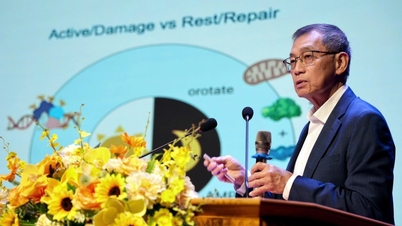

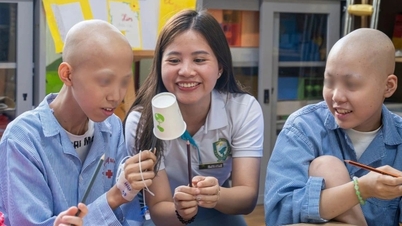
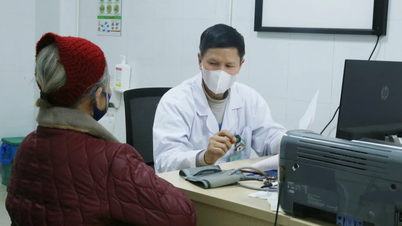





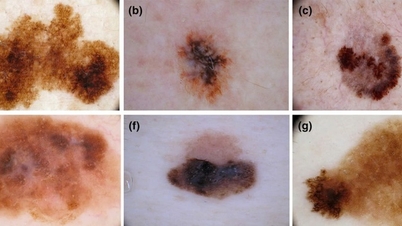


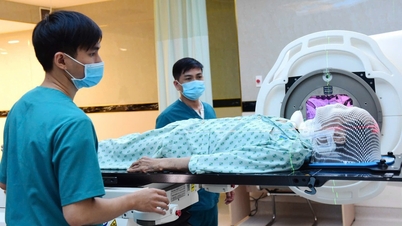




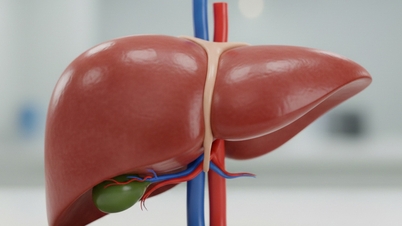











![[Photo] National Assembly Chairman Tran Thanh Man attends the VinFuture 2025 Award Ceremony](/_next/image?url=https%3A%2F%2Fvphoto.vietnam.vn%2Fthumb%2F1200x675%2Fvietnam%2Fresource%2FIMAGE%2F2025%2F12%2F05%2F1764951162416_2628509768338816493-6995-jpg.webp&w=3840&q=75)































































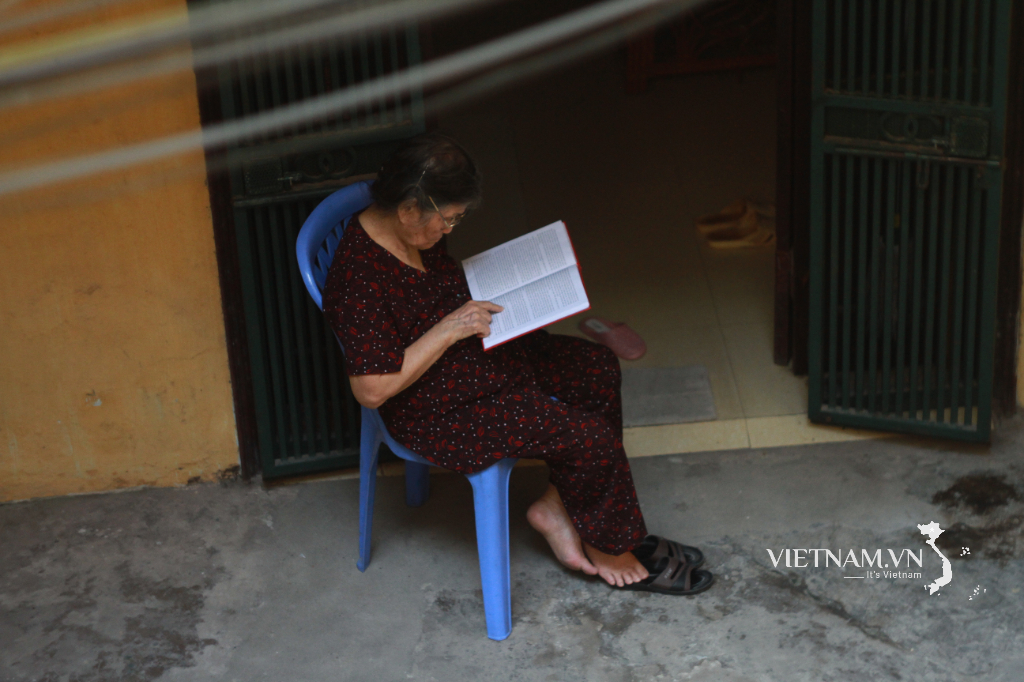







Comment (0)